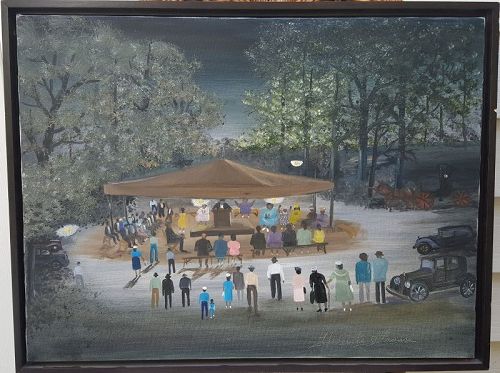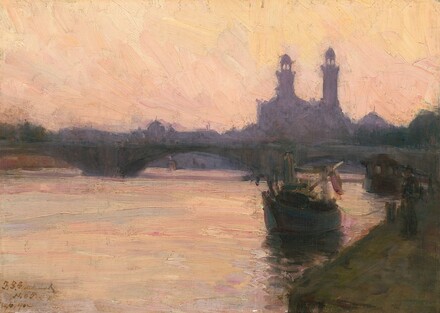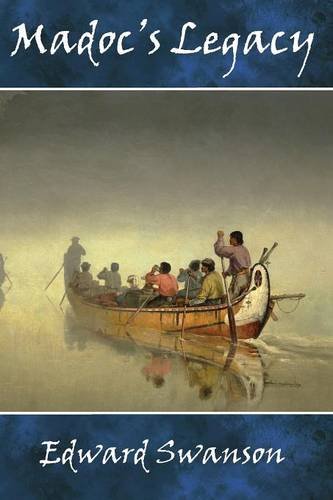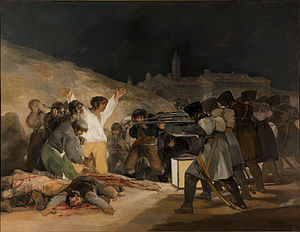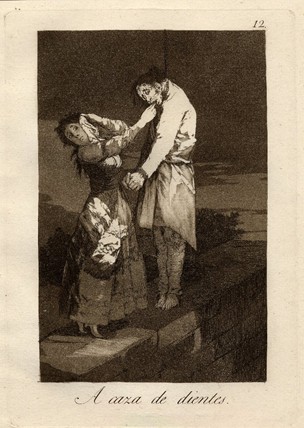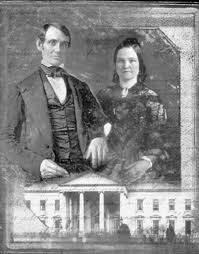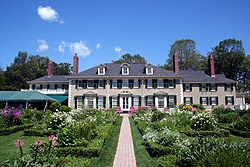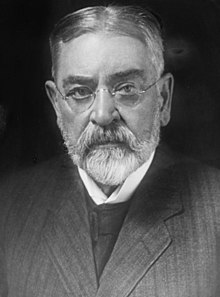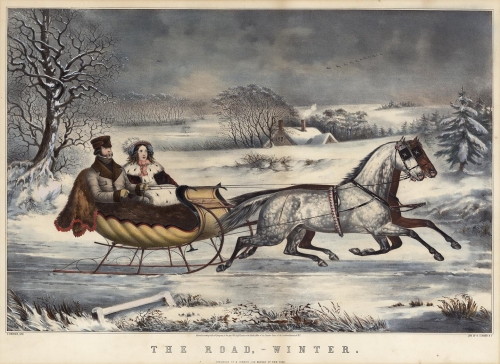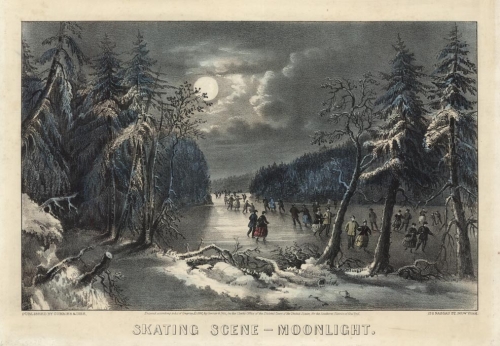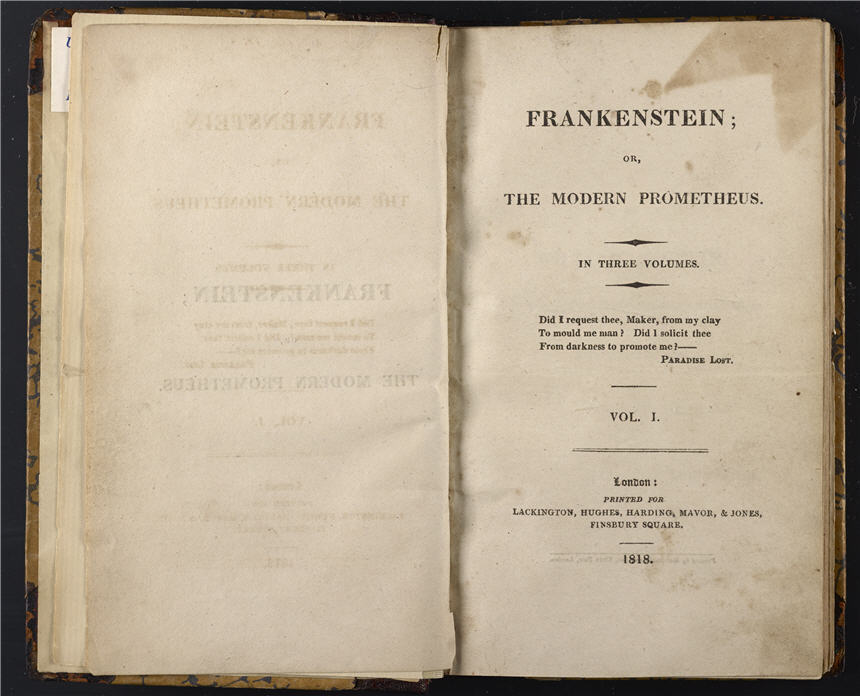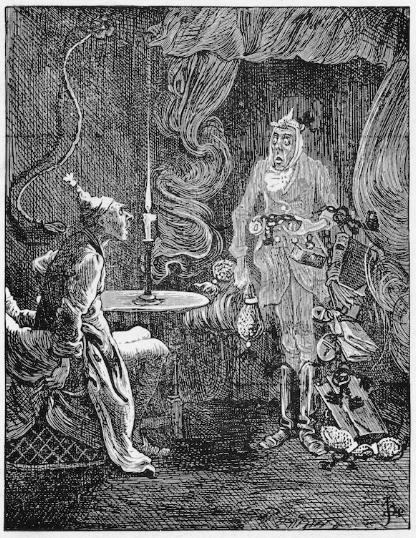August 31 • 3:00 – 4:00 p.m. on WAAM • Ann Arbor
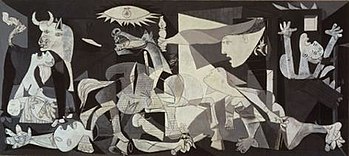
Eighty years ago tomorrow at 4:45 a.m. German army, navy, and air forces invaded Poland from the west. Two days later, in fulfillment of its treaty with Poland, Great Britain declared war on Germany. Overnight the world changed. World War II had begun. But, what of the art? Ed highlights five artists whose work defined the 1930s: Pablo Picasso, Chaime Soutine, Edward Hopper, Thomas Hart Benton, and John Steuart Curry. Special attention will be given to Picasso’s “Guernica” of 1937, his impassioned response to the combined German-Italian bombing of the Basque town during the Spanish Civil War.




